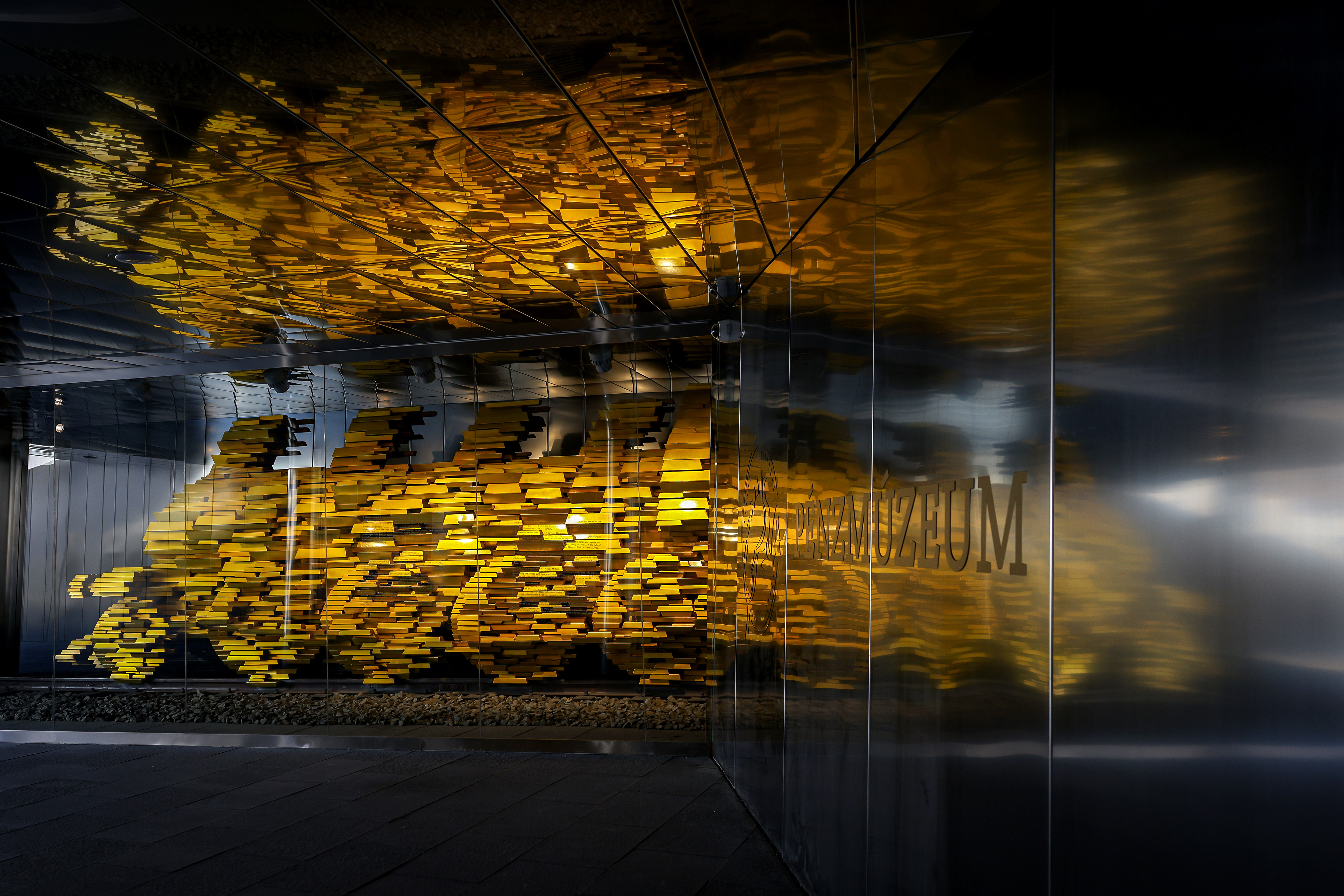While the world of banking, stock exchanges and finance may seem dull, the newly opened Hungarian Money Museum & Visitor Centre covers it in exhaustive detail while still making it exciting. Kids will love it, too, as it presents this otherwise inaccessible domain in an interactive fashion. It’s like a big strategy game brought to life, where you can buy, sell and trade while getting to know the cultural history of coin. All features are explained in Hungarian, English and Chinese. The message is to teach children the financial skills they will surely need in later life. Admission is free but you need book a time through the Hungarian-only site.
It’s probably no bad thing that kids won’t afraid of doing their tax returns when the time comes but adults can learn a thing or two about money here as well. With 2,400 square metres of space in the former Posta Palota, built a century ago, there’s plenty to keep everyone educated and entertained.
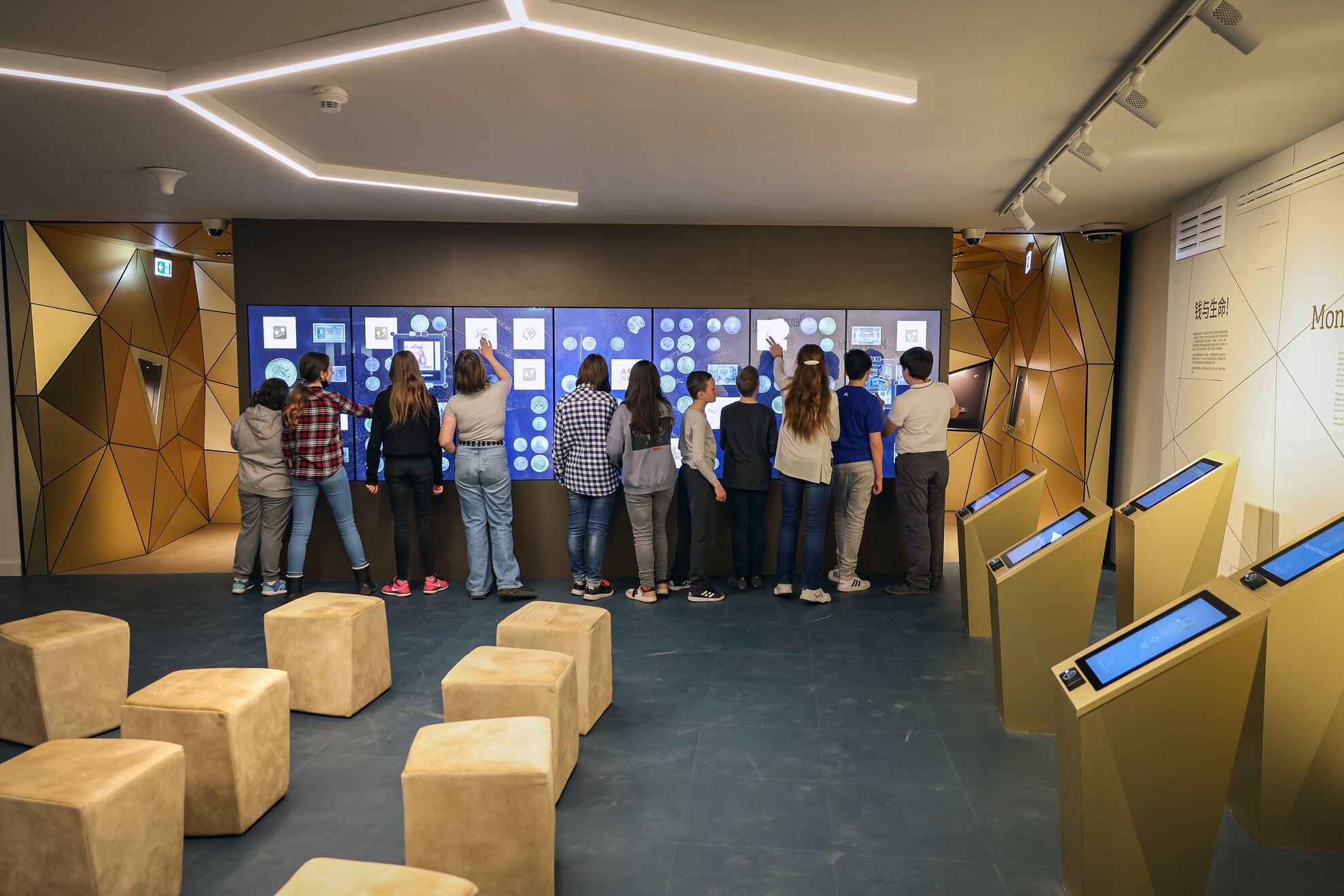
A Money Museum operated on Bajcsy-Zsilinszky út, but was closed in 2014. Its successor now sits in this beautifully renovated landmark, overlooking Széll Kálmán tér from the upper corner of the square.
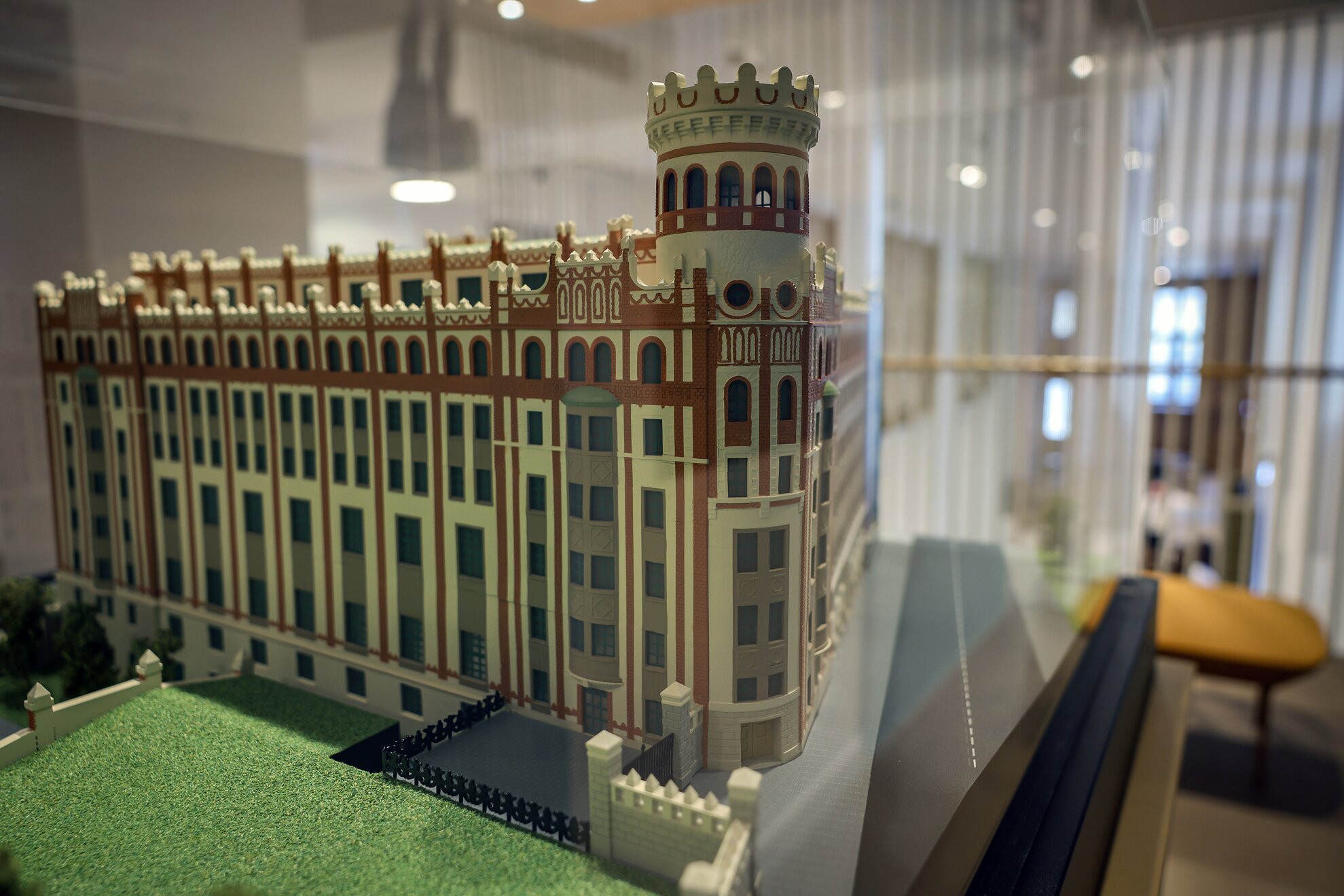
You find the main entrance on the narrow passageway, Sándy Gyula köz, leading from Széll Kálmán tér to Krisztina körút, now linked by a passageway from the busy square.
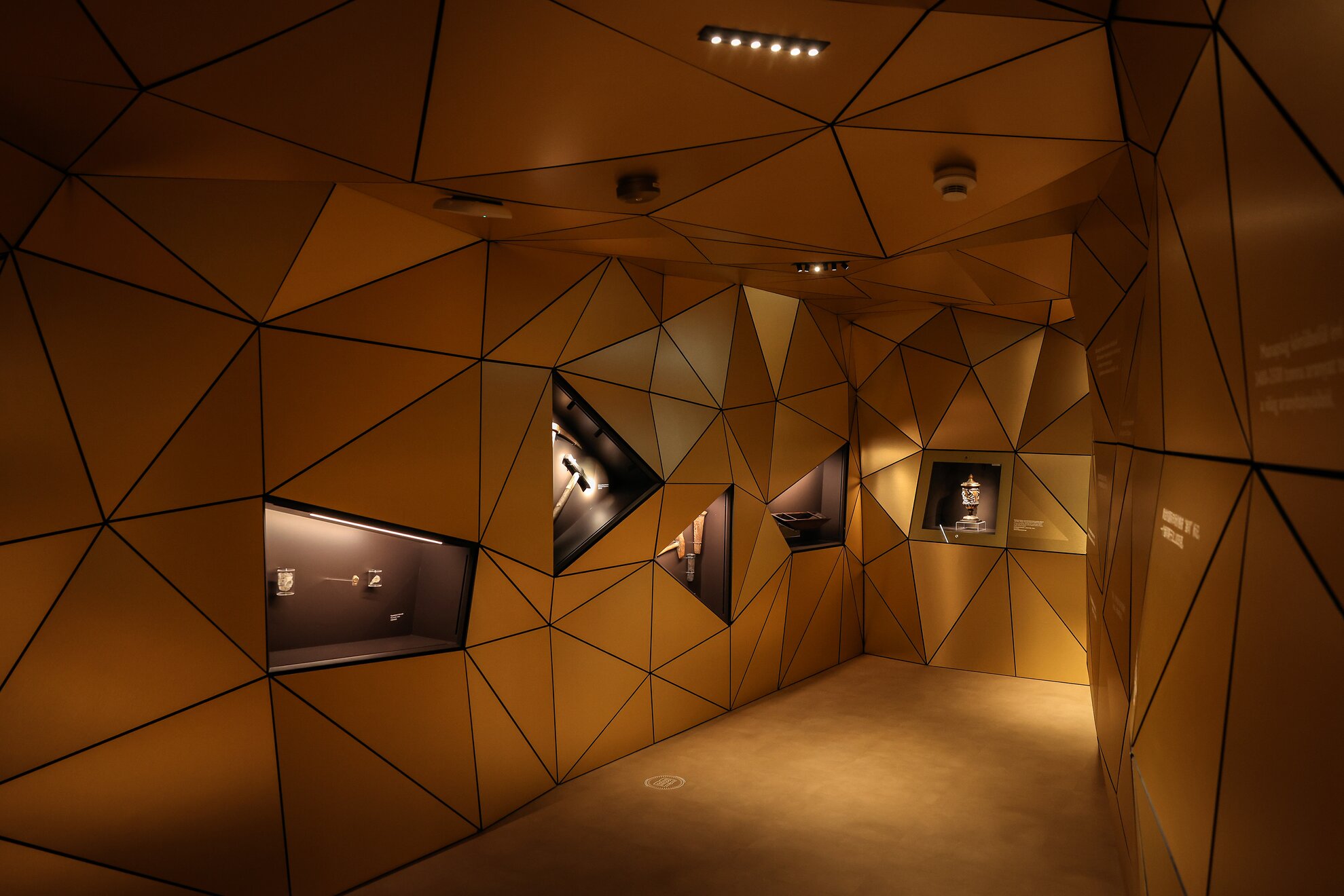
Hungarian Gold Train
Just inside the entrance, the closing part of the exhibition, in fact, is the Gold Train, not an exact replica of its legendary namesake but a symbolic creation of it fashioned from gold bars. Dispatched by the right-wing authorities from Budapest during the last weeks of the war as the Soviets approached, it was filled with riches looted from deported Jewish families. Its story is steeped in tragedy and mystery.
Inside the museum, the permanent exhibition presented over several
levels is called The Way of Money. It starts underground, laid out like a gold
mine as this first part deals with the mining of precious metals in Hungary.
Here you receive your magnetic card so you can take advantage of all
interactive features to follow. This allows you to log into the computer system
first, and then collect the thalers you be spending around the museum, divided
into five major units for different tasks. All features are explained in Hungarian, English and Chinese.
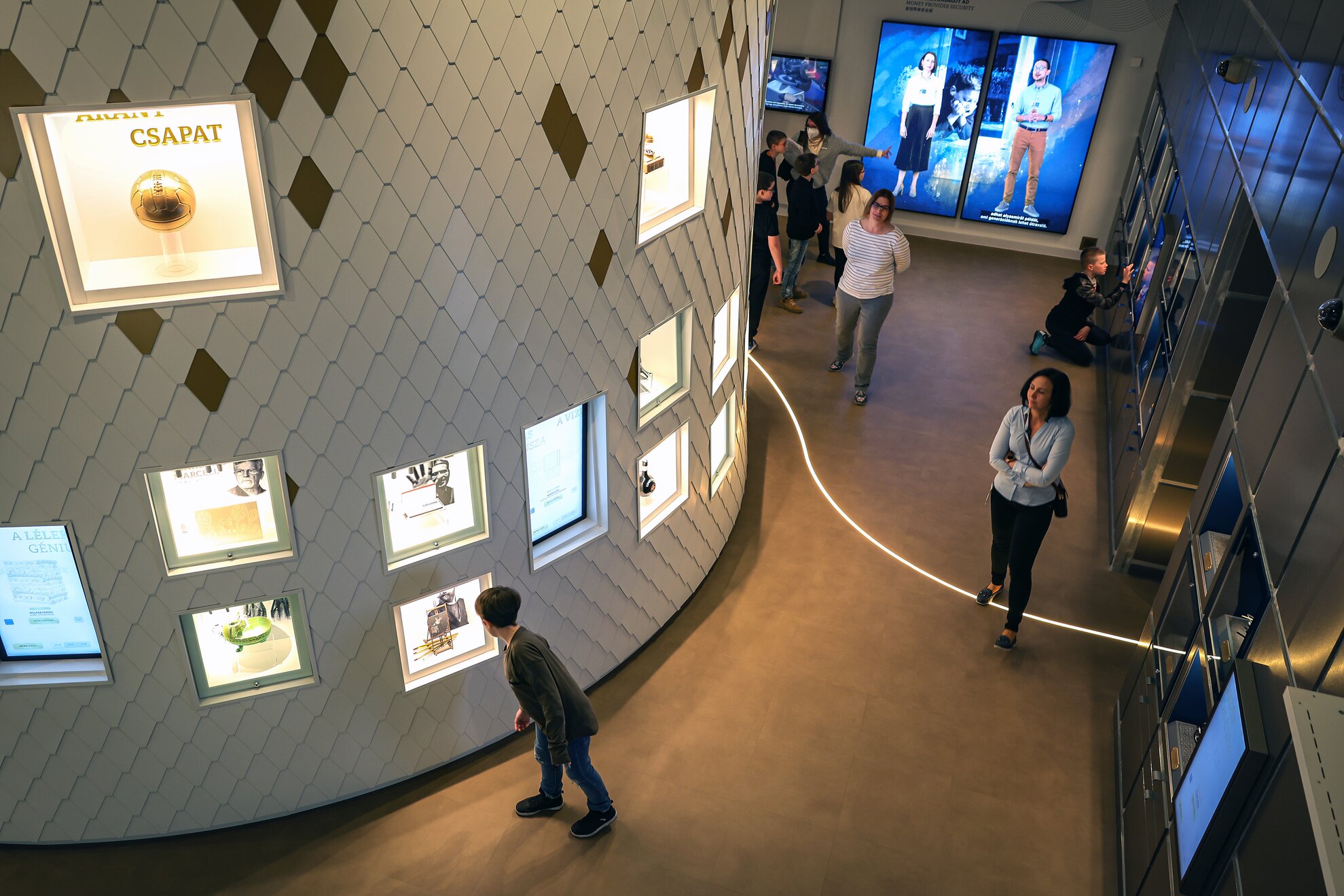
The direction you need to follow is shown by a golden thread. Those who do not feel like climbing stairs can take the gold-coloured lift between levels. The museum is also step-free.
The first node tells you what would happen if money didn’t exist. You discover the methods of payment mainly used in the undeveloped world, everything from bartering with animal hides to small stones.
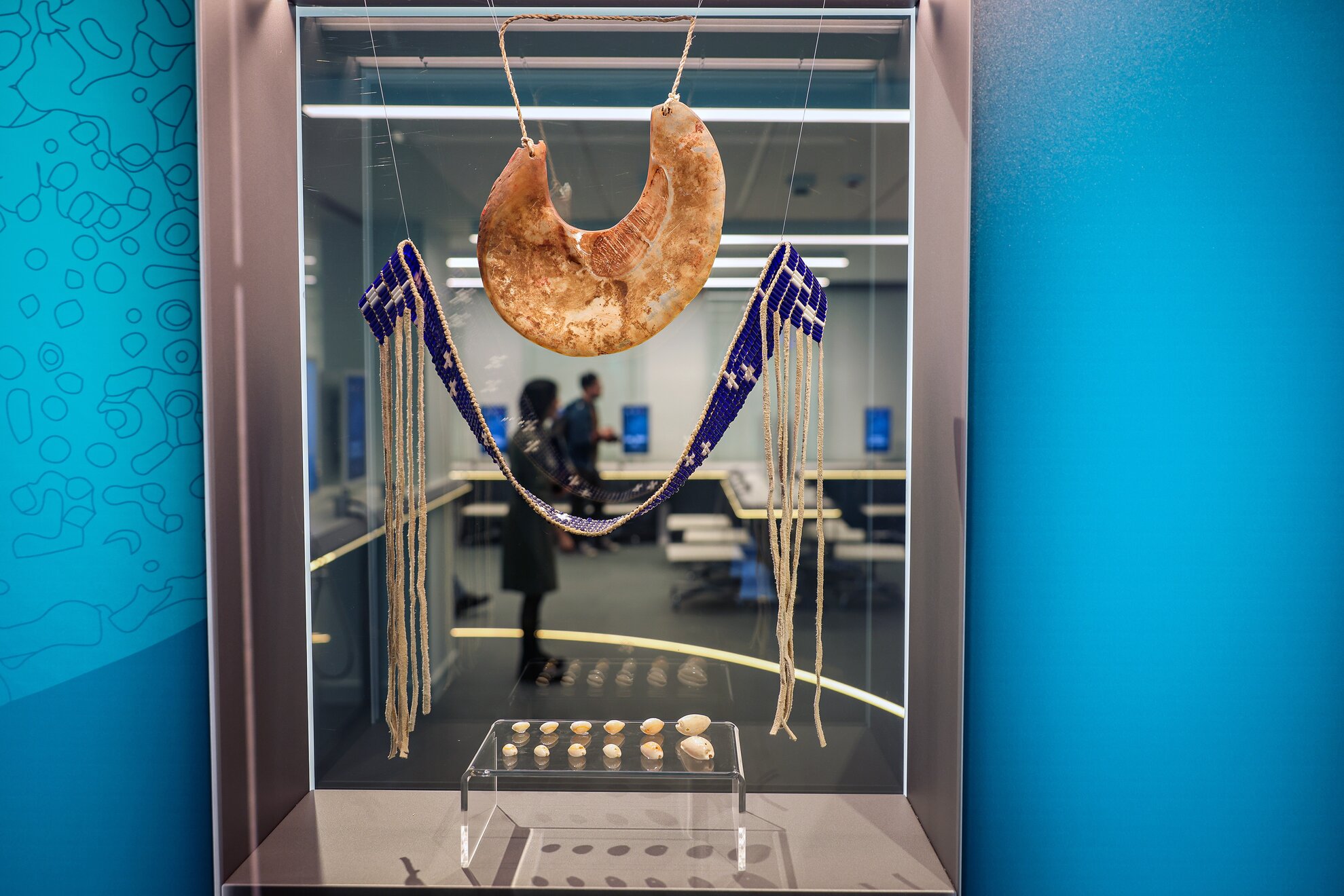
The second node describes the history of money, its birth and how it became a means of payment. The third node deals with banks, the fourth with the globalisation of finance, virtual currencies and online commerce.
The fifth and final part is not measurable in strictly financial terms but suggests the values created by artists, scientists and sportsmen – the concept of pricelessness.
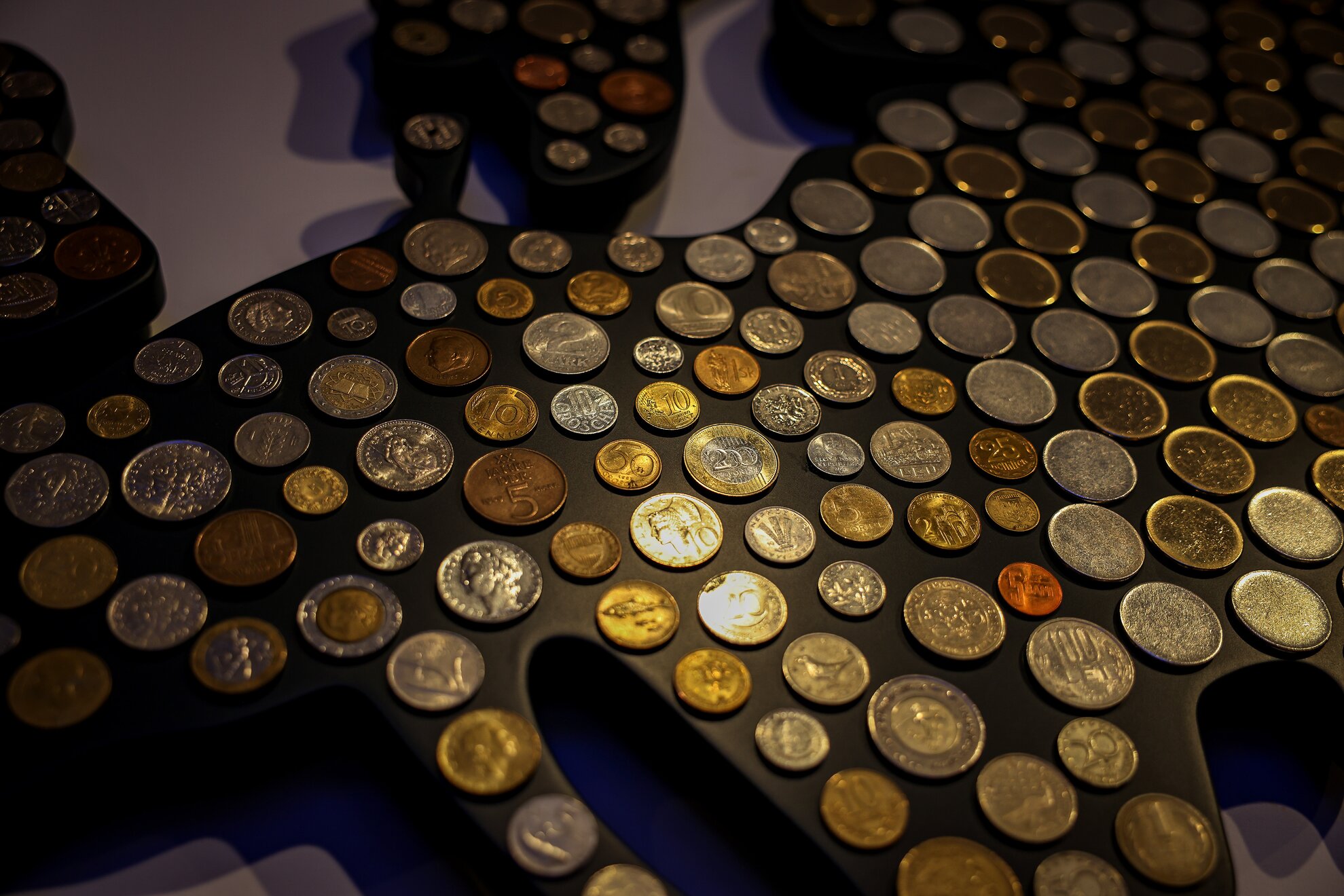
This is also the part where you see the symbolised Gold Train and get your hands on a block of gold that is not very big, but heavy and quite valuable, worth 250 million forints.
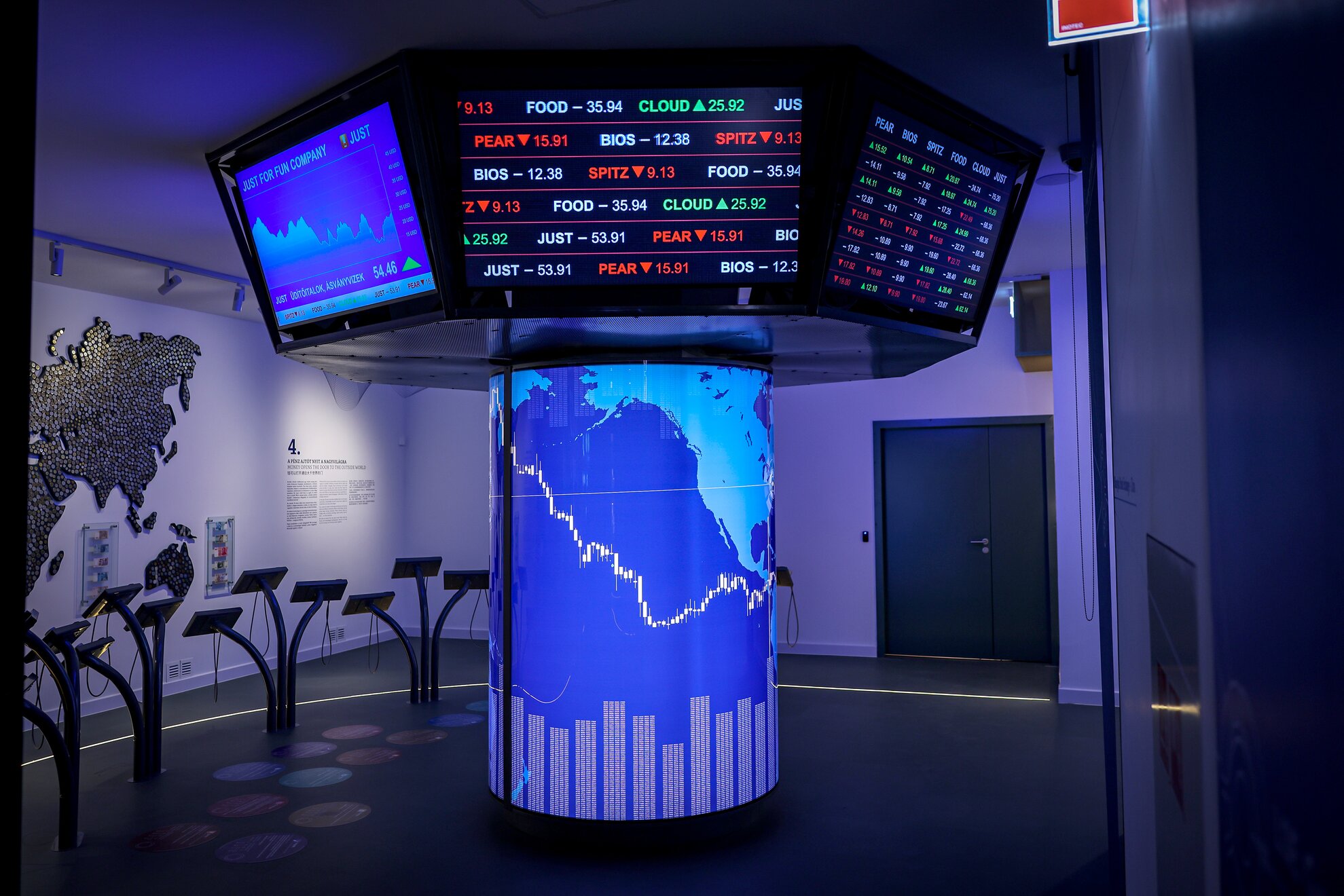
By playing at the Money Museum, you can learn how to handle money, a lesson for us all. You can not only inspect different currencies and discover the detail on the paper with the help of a super magnifier, but also print your own with your portrait on it!
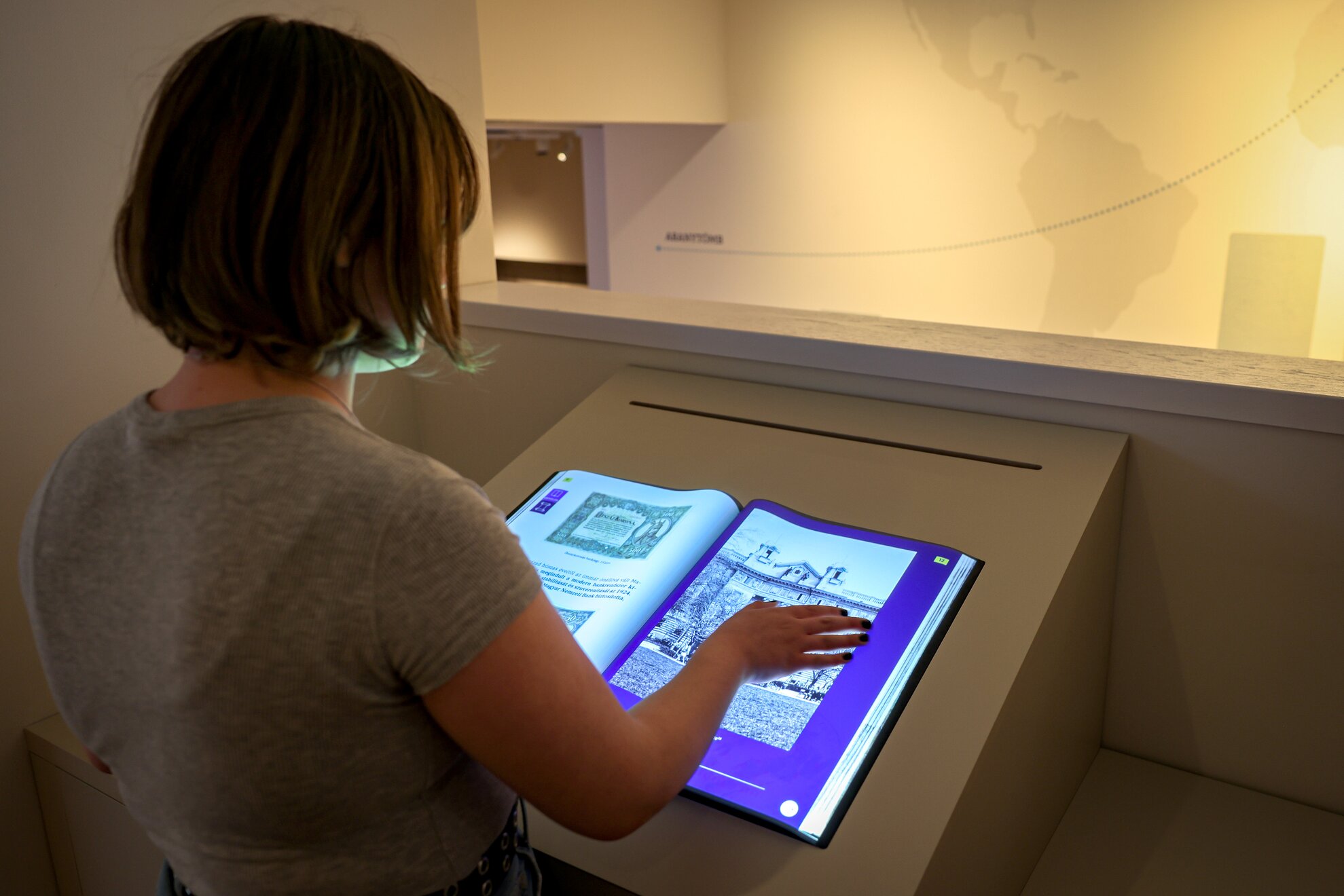
Venue information
Hungarian Money Museum & Visitor Centre (English-friendly)
1122 Budapest, Krisztina körút 6 (entrance on Sándy Gyula köz)
Open: Mon, Wed & Thur
2pm-5pm, Fri 9am-5pm, Sat-Sun 10am-6pm (other times for school visits)
Admission:
Free, booking via this link (Hungarian-only)
Telephone enquiries: (office hours only) +36 30 498 7864/+36 30 502 5702
